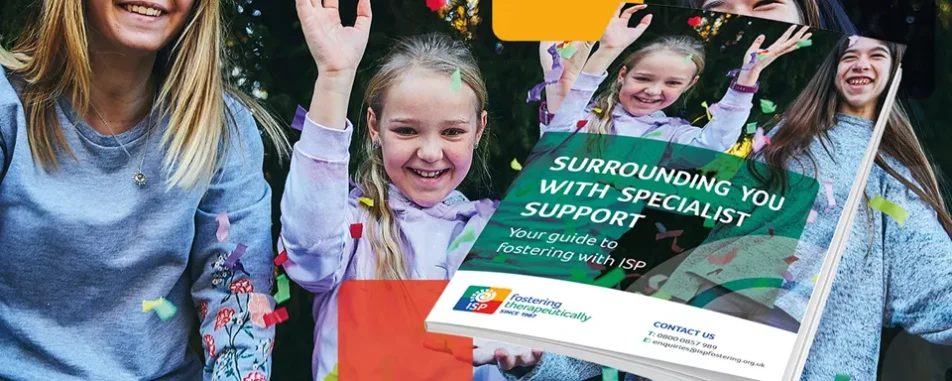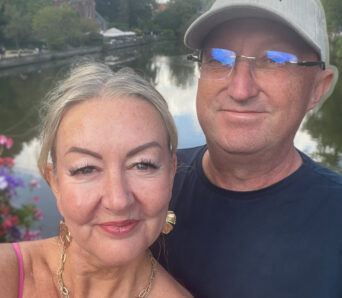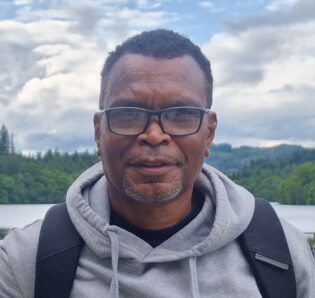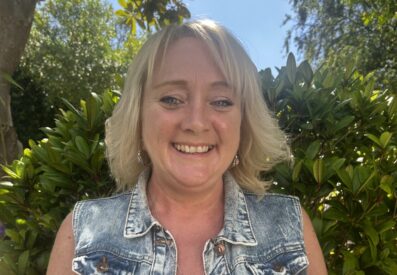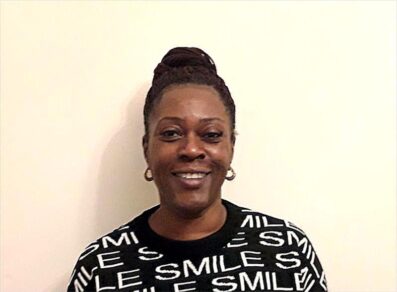When Carol and her husband David became empty nesters, they weren’t ready for a quiet life. With backgrounds in childcare and youth work, they felt they still had so much love and experience to give.
Over a decade later, they’ve fostered three young people, helped keep siblings together, and proven the transformative power of long-term care and Staying Put placements.
Choosing to foster later in life
Carol and David have spent a lot of their careers working with children; Carol previously worked in a children’s nursery and David has worked with young people as a Youth Worker. Once their own children reached independence, knowing they could apply their skills to a new role, they decided that it was the right time for them to start their fostering journey.
Starting the process of fostering once they had an empty nest has worked out well for Carol. The couple felt ready to welcome children into their home again and, being in their 60s, felt confident at a later stage in life. They both had a vast amount of experience to bring to fostering – with work experience as well as having plenty of life experience, and experience of raising their own children.
The power of long-term foster care
Since becoming a foster parent 11 years ago, Carol has cared for the same three children: Two siblings who were only ten and eight when they were placed, but are now aged 18 and 20 and fostered under the Staying Put scheme, and a boy, aged 17, who has been with Carol for over 4 years and will also be cared for as a Staying Put placement once he turns 18.
Carol spoke about her experience of fostering and the difference it has made providing long term foster care: “So much work has been put into getting the children from where they were to where they are now. It got really difficult but the support that we had from ISP has been tremendous. We’ve had ups and downs over the years and they’ve always been there for us. If we didn’t get that support, it’s likely that the placement could have broken down. I remember when the children came to us, one of them said to me that they saved the best for last because they’d been to about four foster families, and they realised that this was really where they were going to be permanently. So it is amazing to have gone through the all the rollercoasters with them”.
When foster parents care for children long term, you really see a difference in all areas of a child’s life. Long-term placements give children the security and consistency they need to thrive, because when children are able to stay in one place, they often do better in school, build stronger relationships, and feel more secure about their future. At ISP, our Staying Put scheme means young people can remain with their foster families into adulthood, giving them stability at one of the most important stages of their lives.
Carol added: “I think the benefits of having children long term are that they become part of your family. My husband and I are mum and dad, as far as they’re concerned. They’re really part of our family, and no one in either of our families views them as foster children. They are our children. So for them, they’ve got that inclusion, they’ve got family. The thing that they really want and they really need is family. And they have that. They have the love and the support of everyone”.
Fostering in your 60s
Many people worry that they might be too old to start fostering. As long as you are aged over 21, there is no upper limit for applying. Fostering is not about age – it’s about energy, commitment, and the ability to offer a safe and loving home to children.
Carol and David are proof that there’s no such thing as being too old to foster; Carol shared what it is like fostering at 70: “I don’t think that anyone would be too old to foster. If you’ve still got the energy and the drive to do it, then I think you should just go ahead and do it. It’s hard work, and it does take some energy, but I think it’s actually kept me young”.
Keeping siblings together in foster care
Carol has worked really hard to support the siblings in her care: “Fostering siblings can be difficult because when they first came, their relationship was very fractured. And it was so difficult that at one stage there was a discussion of separating them and moving one on elsewhere, and I said ‘no’. And we put a lot of work into their relationship and, just where they are now, it’s unbelievable how close they are”.
At ISP, we know how important it is to keep siblings together wherever possible, and Carol’s story highlights why. When brothers and sisters are placed in the same home, they often feel safer, less isolated, and experience more support and security. For many children, their sibling relationship is the one constant they can rely on – and keeping them together can make all the difference for them.
Carol shared: “I think it’s important not to separate siblings because they’re family, and that might be the only family that they will have. You don’t know what’s going to happen in the future with their extended family, their mums, their dads… But they always have each other. And if you keep them together, no matter what else happens, they have each other going forward in life”.
Fostering transformations
Carol has experienced so many amazing moments in her fostering journey, but she recalled a special moment she had when her foster daughter was younger: “The first time, when my girl had a conversation with me on the phone and said ‘bye, love you’. I had a difficult time with her and, over the years, you just didn’t know which way it was going to go. And then one day. ‘Bye. Love you’. You get to understand that this is why you do this”.
Every fostering journey is made up of big and small breakthroughs. Sometimes it’s a smile, a school achievement, or simply hearing “love you” for the first time. These are the moments that show just how far a child has come – and they’re what make fostering so rewarding.
Carol added: “Even now, my girl, she says that she would never change anything. And I know going forward in life that is how she will feel and that is how she will look back knowing that she could have had a very different life instead of the wonderful life that she has now”.
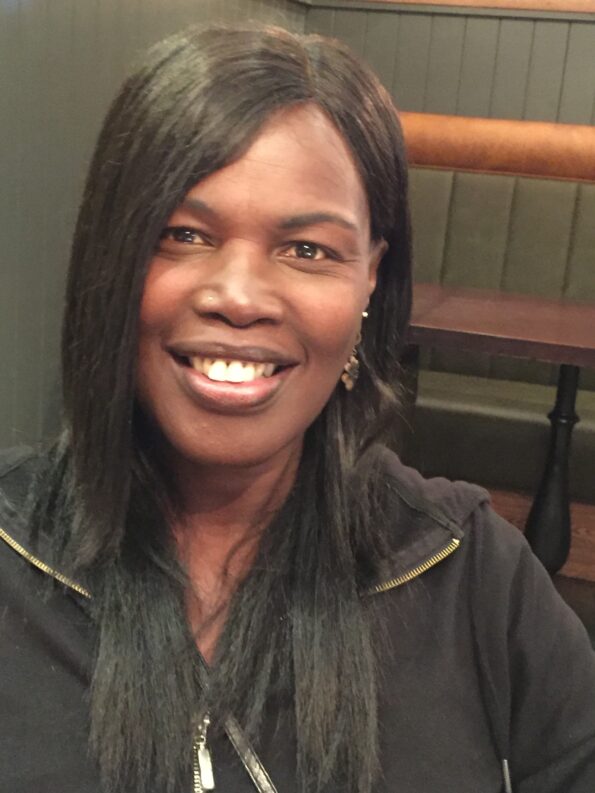
Thinking of fostering?
Carol’s life has changed for the better since she became a foster parent, and the lives of the young people in her care have been completely transformed. Carol has offered her advice for anyone who is thinking about fostering:
“Patience is a is a big thing you need. You really need it. I think that’s one of the things that you need the most, and you need to be resilient. You need to be strong and you need to be patient. It’s been it’s been a wonderful experience and nothing about it I would change – even all the difficulties.
“You often think that there’s going to be a right time for things – the right time is now, when you when you feel ready, that’s the time to do it. Don’t wait until all the stars align. Just do it”.
And if you are interested in fostering with ISP, Carol shared: “I would say that ISP, and my time with ISP, has been absolutely amazing and I couldn’t see myself fostering for anyone else. We get the support from them, the carers – they seem able to pick the best carers – they are all the most amazing people, with the biggest hearts. And our staff, they are so amazing. I know it sounds like I’m kind of gushing about ISP, but in all honesty, I couldn’t see myself doing this for anyone else and anyone who wants to foster, I would really advise them to come to us as well. ISP is amazing”.
Carol’s story shows how fostering can change lives – for foster carers as well as children. At ISP, we’ve been supporting foster families for over 35 years; transforming lives with our consistent, therapeutic approach, advanced training, and extensive care and support.
If you would like to learn more about fostering with ISP, please get in touch today.
